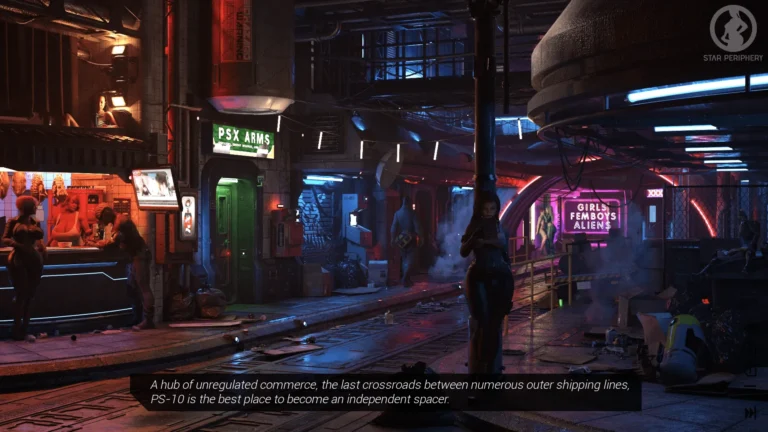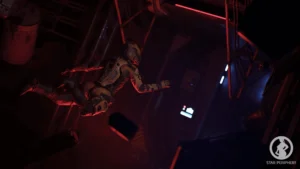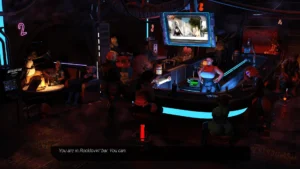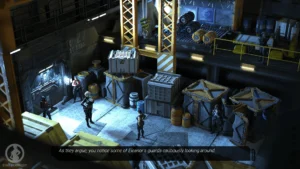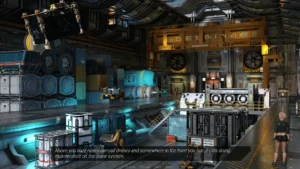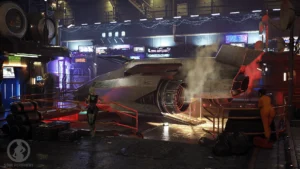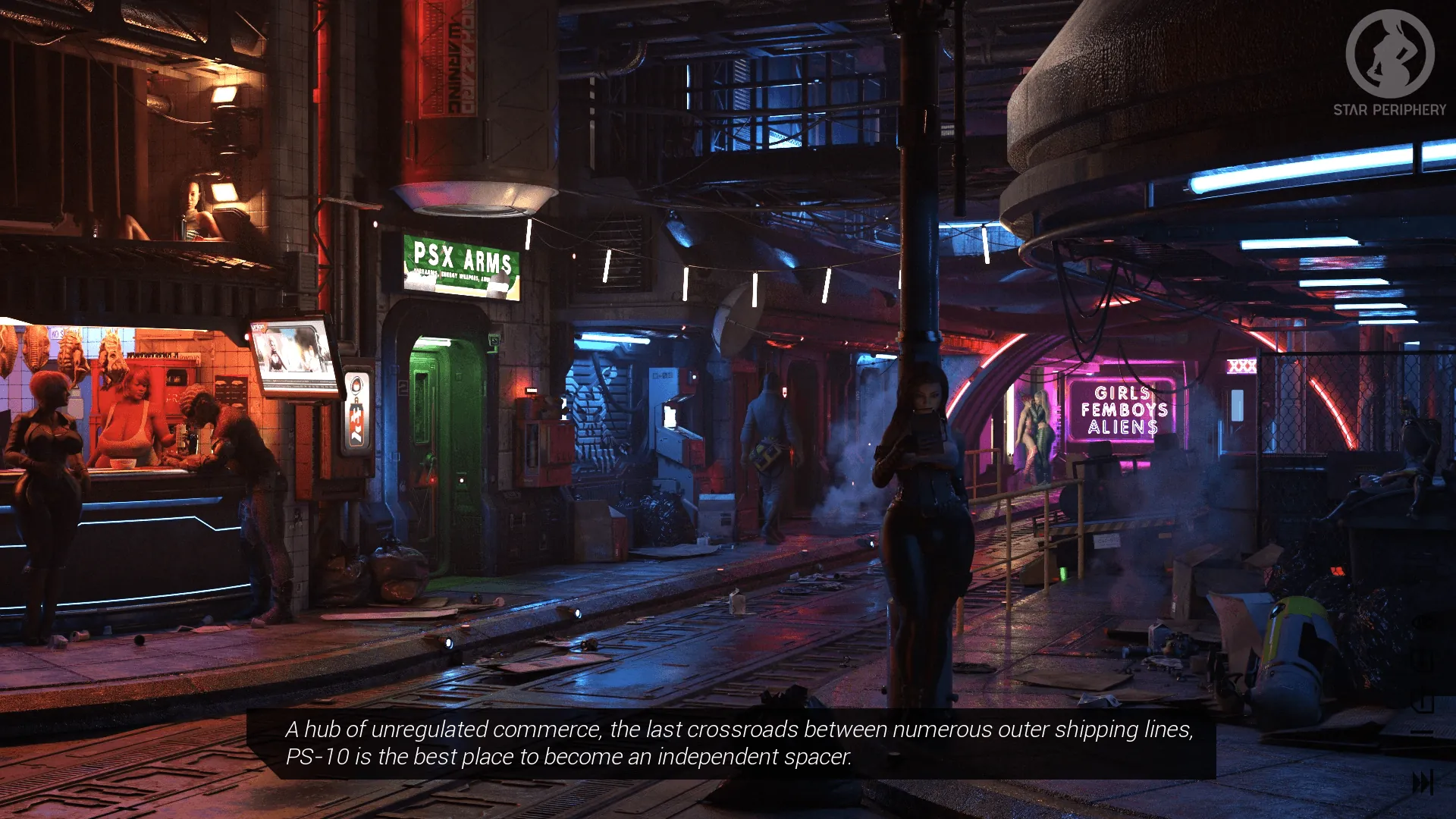
Star Periphery
Play Star Periphery
Star Periphery review
How interstellar narratives redefine mature gaming experiences
When Commander Jax first encountered the crystalline entities of the Andromeda sector, they faced more than tactical decisions – their choices reshaped galactic alliances and intimate relationships alike. This tension between cosmic strategy and personal connection lies at the heart of Star Periphery, a game that’s redefining adult gaming through its layered narrative architecture. Unlike traditional titles in this niche, it combines 4X-style galactic conquest with emotionally charged decision-making that impacts both star systems and character relationships.
Core Gameplay Mechanics and Narrative Integration
The Dual-Layer Command Interface System
Picture this: You’re juggling a supernova-level crisis on your flagship’s bridge while your engineer flirts with the medic in the mess hall. 🚀💥 In Star Periphery, the multi-layered command system lets you handle both scenarios without breaking a sweat. The genius here? Separating fleet operations from personal interactions like a cosmic bartender mixing two very different cocktails.
On the top layer, you’ve got your classic space strategy adult gameplay tools—ship formations, resource routes, and tactical overlays. But swipe left (literally—the radial menu’s gesture-based), and suddenly you’re navigating egos, alliances, and interstellar drama. I once ignored a crewmember’s request for shore leave to prioritize a mining operation… only to watch them sabotage my fuel reserves mid-battle. Lesson learned: galactic relationship management isn’t optional.
| Command Layer | Primary Functions | Impact Scope |
|---|---|---|
| Fleet Layer | Ship deployments, combat tactics, resource collection | Immediate battlefield control |
| Personal Layer | Crew conversations, morale boosts, conflict resolution | Long-term narrative consequences |
The real magic happens when these layers collide. That “diplomacy” menu? It’s not just for signing treaties—it’s where you negotiate with your first officer about their secret crush on a rival faction’s leader. Fail to balance both, and your empire crumbles faster than a cookie in zero gravity. 🍪✨
Relationship Webs in Zero-G Environments
Let’s get real: Nobody wants another dating sim disguised as a strategy game. But Star Periphery’s dynamic crew interaction mechanics turn emotional calculus into a survival skill. Every character has a “Vitality Index” that’s part mood ring, part time bomb. Ignore a crew’s needs, and watch their efficiency plummet—or worse, trigger mutiny cutscenes that rewrite your entire campaign.
Take my disastrous playthrough where I prioritized military upgrades over crew morale. 🤦♂️ By week three, my security chief eloped with a pirate lord, taking half my fleet codes with them. The Crew Vitality system doesn’t just track happiness—it ties narrative-driven resource allocation to raw storytelling power. Allocate engineers to fix life support? Great. But reassign the same engineer three times, and they’ll quit to start a hydroponic farm on your enemy’s space station.
Pro Tip: Use the “Lens of Intent” tool before major decisions. It previews how choices ripple across both warfronts and personal subplots.
Case Study: The Double-Edged Shore Leave
1️⃣ Denied medical officer’s request to visit their homeworld (saved 4 hours of fuel)
2️⃣ Their loyalty dropped, reducing healing speed by 40% during next battle
3️⃣ Enemy factions exploited the tension, offering them a defection deal
4️⃣ Result: Lost a top healer AND triggered a preventable story boss fight
This is galactic relationship management on steroids—every handshake, side-eye, and shared ration pack shapes your path to victory.
Resource Management Beyond Minerals
Forget “ore vs. energy” clichés. Here, your most valuable currency is trust. The narrative-driven resource allocation system forces you to weigh tangible assets against story capital. Need to arm a rebellion? Sure, but diverting weapons might mean your diplomat can’t bribe a warlord later. 💰⚖️
Three victory paths emerge:
– Conqueror: Outgun everyone (requires ruthless resource hoarding)
– Trader: Control the galactic market (balance alliances carefully)
– Unifier: Win hearts across factions (prioritize crew needs and diplomacy)
During a late-game crisis, I had to choose between reinforcing our flagship’s shields or funding a refugee colony. Opting for the latter unlocked hidden story branches with the pacifist faction—but left us vulnerable to a surprise attack. That’s the beauty of space strategy adult gameplay: There are no “right” answers, just consequences that feel as vast as the cosmos itself.
| Resource Type | Classic Strategy Use | Star Periphery Twist |
|---|---|---|
| Weapons | Combat advantage | Affects crew safety perceptions |
| Medical Supplies | Heal units | Influence personal loyalty quests |
| Intel Data | Reveal map areas | Unlock character backstories |
The game’s secret sauce? Making a spreadsheet feel like an emotional rollercoaster. When your head engineer casually mentions their kid’s birthday while you’re planning a fleet maneuver, you’ll actually pause to consider sending a gift shuttle. 🎁🚀 That’s dynamic crew interaction mechanics at work—turning cold logistics into human drama.
Why This Changes the Game
Star Periphery doesn’t just add adult themes to space strategy—it redefines what “mature gaming” means. By weaving multi-layered command systems into every dialogue tree and asteroid mine, it creates stakes that resonate long after you quit playing. Whether you’re here for the epic battles or the messy space politics, one thing’s clear: This is strategy gaming with soul, scars, and enough twists to fuel a black hole. 🌌✨
Now if you’ll excuse me, I have a mutiny to negotiate… and possibly a wedding to crash.
Star Periphery’s genius lies in making every hyperspace jump feel consequential – not just for your star map, but for the complex lives orbiting your command chair. As the gaming community continues debating ethical boundaries in interactive narratives, this title proves mature content can serve sophisticated storytelling when integrated with mechanical purpose. Ready to test your skills as both strategist and confidant? The neutral zone awaits your first controversial decision.
